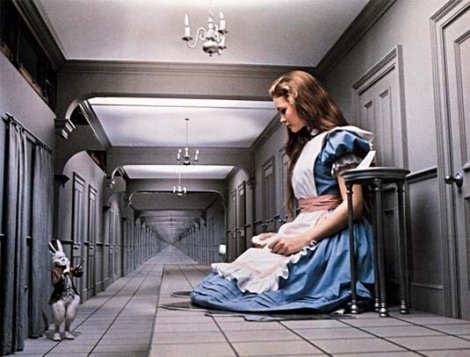
The ‘Alice in Wonderland’ syndrome
Taking its name after author’s Lewis Carroll book of reference, ‘Alice in Wonderland’, those who suffer from the medical syndrome with the same name experience what Alice goes through when she is lost in the magical world: she shrinks or grow, immediately altering the perception of the things surrounding her.
Helene Stapinski experienced first-hand what the Alice in Wonderland syndrome meant when her daughter, aged 10, told her during a headache that ‘everything in the room looks really small.’
Doctors stress out that those who have it do not have hallucinations but that the syndrome is triggered by a mutation in the brain’s parietal lobe which helps us perceive the environment and spatial distances.
As a consequence, those who have the syndrome perceive object as being either smaller or bigger than they are in reality.
On the bright side, the syndrome is mostly a childhood disease and as many as 60% of the diagnosed outgrow it by the time they become adults.
Questions arise whether the author of ‘Alice in Wonderland,’ Lewis Carroll, also suffered from the syndrome.















